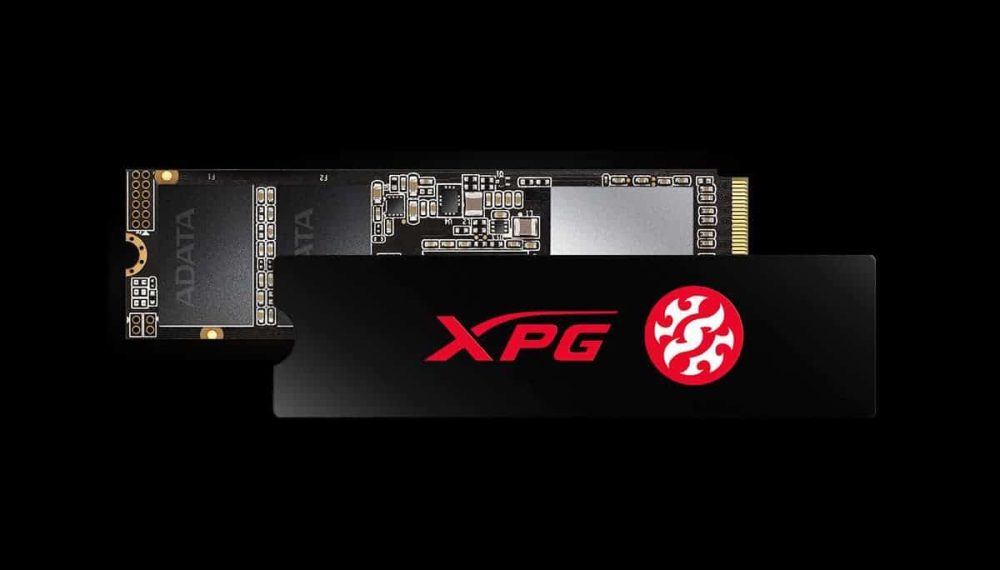Funded by a $20 million National Science Foundation award, Georgia Tech’s Nexus supercomputer is billed as an AI-first system that will be open to U.S. researchers and simple to use, sparking enthusiasm and debate over access, equity, cost, and impact.
Georgia Tech is building Nexus, a next-generation supercomputer designed from the ground up for artificial intelligence and data-intensive science. Backed by the National Science Foundation (NSF) and developed in partnership with the National Center for Supercomputing Applications (NCSA) at the University of Illinois Urbana–Champaign, Nexus is slated to come online in spring 2026 with a stated mission: democratize state-of-the-art AI computing.
“The Nexus system’s novel approach, combining persistent scientific services with traditional high-performance computing, will enable new science and AI workflows that accelerate discovery,” said Katie Antypas, director, NSF Office of Advanced Cyberinfrastructure.
What Nexus Promises
- Throughput: 400+ quadrillion operations per second (400 peta-ops equivalent). Georgia Tech likens it to “everyone on Earth doing 50 million calculations per second—at once.”
- Memory & storage: ~330 TB of RAM and ~10 PB of flash storage to keep massive models and datasets “in reach” of the processors.
- I/O fabric: “Lightning-fast connections” are planned to minimize time spent moving data—critical for AI training and large-scale inference.
- Access model: Open to researchers at any U.S. institution through NSF’s allocation process; Georgia Tech will reserve up to 10% of capacity for campus work.
- Usability: A simple, service-oriented interface intended to let domain scientists run AI workflows without deep HPC expertise.
- Fields targeted: Climate and Earth systems, health and life sciences, aerospace, robotics, materials/quantum, and more.
Nexus builds on Georgia Tech’s HIVE project and the new CODA data center, signaling the institute’s entry into the top tier of academic AI compute hubs. “This is the culmination of years of planning,” said Srinivas Aluru, senior associate dean in the College of Computing. Vivek Sarkar, dean of computing, called it “a big step for the scientific community.”
A National Fabric, Not a Single Machine
In concert with NCSA, Nexus will be linked to peer systems over a new high-speed network, forming a distributed research backbone. Charles Isbell, chancellor of UIUC and former Georgia Tech dean, framed it as a model for collaboration: “Nexus is more than a supercomputer, it’s a symbol of what’s possible when leading institutions work together to advance science.”
AI is reshaping how scientists work, but access to compute remains uneven. Many institutions can’t host petascale clusters or specialized AI hardware. Nexus aims to level the playing field by pairing raw capability with approachable software layers, so labs focused on science, not systems, can run cutting-edge models, share services (e.g., domain-specific inference APIs), and iterate quickly.
Use-Case Snapshots
- Drug discovery & health: Simulate molecular interactions at scale; run multimodal models on imaging + omics data.
- Climate modeling: Higher-resolution ensembles and faster data assimilation for extreme-weather prediction.
- Energy & materials: AI-accelerated design of catalysts, batteries, and quantum materials.
- Robotics & autonomy: Large-batch simulation and policy training for complex physical environments.
The Debate Nexus Ignites
While the vision has drawn broad support, it’s also stirred pointed questions across the HPC and AI communities:
- Energy & sustainability: Petascale AI clusters consume significant power. Proponents note modern accelerators, flash-heavy storage, and efficient interconnects can improve performance per watt, but skeptics ask for transparent energy budgets and carbon-aware scheduling.
- True accessibility: A friendly portal helps, but meaningful access also requires training, user support, and fair allocation so well-resourced teams don’t crowd out newcomers.
- Workflows vs. sprawl: “Persistent scientific services” can speed collaboration, but can they be governed, versioned, and secured at a national scale?
- Cost & longevity: With fast-moving AI hardware, some wonder how Nexus will refresh components and avoid lock-in, while keeping utilization high.
- Metrics that matter: Success may hinge less on peak ops than on time-to-insight for real projects, reproducibility, and the number of new institutions brought into frontier-scale computing.
Nexus At A Glance
- Sponsor: National Science Foundation (NSF)
- Host: Georgia Tech (with NCSA as partner)
- Go-live target: Spring 2026
- Top-line capability: 400+ quadrillion ops/sec
- Memory / storage: ~330 TB RAM, ~10 PB flash
- Access: Open to U.S. researchers via NSF review; 10% reserved for Georgia Tech
- Interface: Service-oriented, user-friendly portal plus traditional HPC modes
The Bottom Line
Nexus casts AI compute as a shared national infrastructure, not a luxury. If the project delivers on both power and ease of use, it could shrink the gap between ideas and results for thousands of labs, especially those far from the usual tech epicenters. With construction beginning this year and allocations planned after commissioning, the coming months will reveal whether Nexus can translate headline numbers into faster, fairer, and more reproducible science.
As one project lead put it, the goal is simple: put supercomputer-class AI in reach of any U.S. researcher with a good question. The hard part — resourcing it sustainably and sharing it equitably — starts now.


